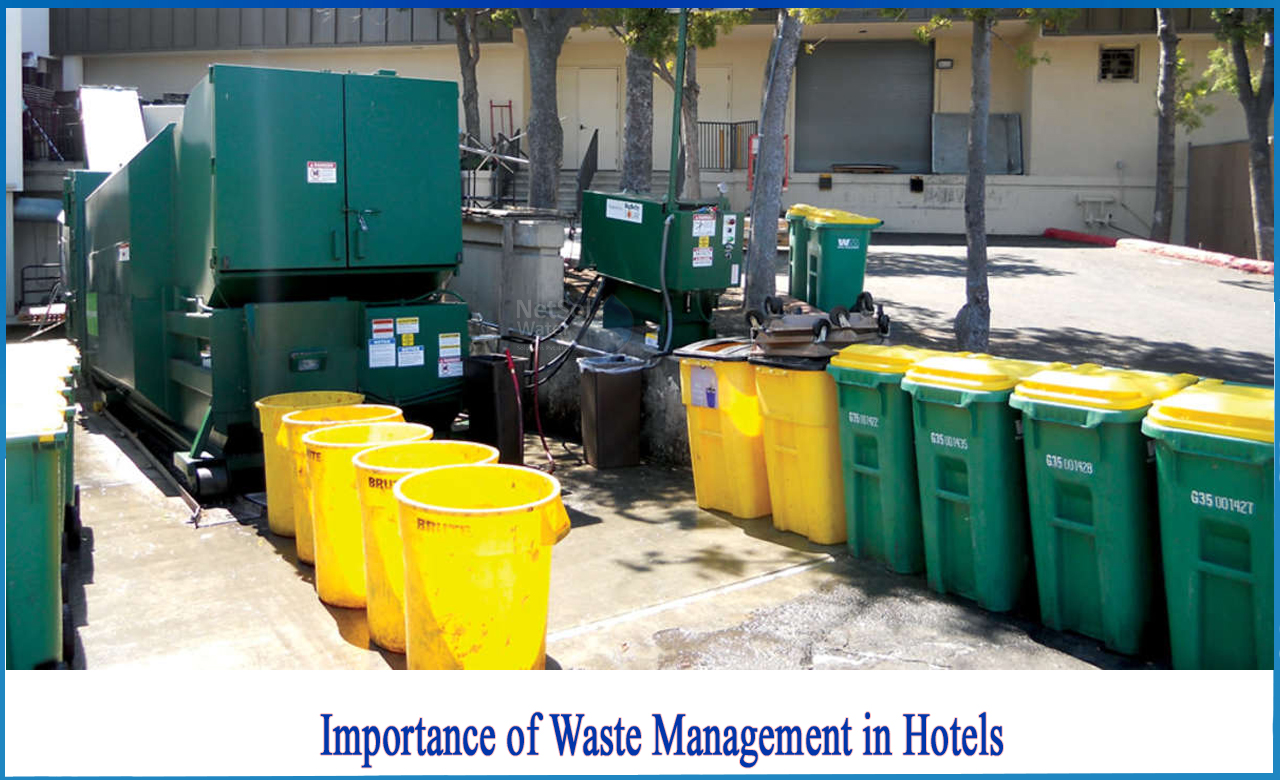Some Known Questions About Reclaim Waste.
Some Known Questions About Reclaim Waste.
Blog Article
Reclaim Waste Can Be Fun For Anyone
Table of Contents4 Easy Facts About Reclaim Waste ExplainedReclaim Waste - An OverviewNot known Facts About Reclaim WasteThe 6-Minute Rule for Reclaim WasteThe Single Strategy To Use For Reclaim Waste
Domestic sewer waste refers to the waste and items from a domestic septic storage tank. The correct management and disposal of domestic sewer waste call for fluid waste to be moved to a sewer treatment plant where the appropriate approaches and devices are used to detoxify and dispose of waste.
Business waste typically consists of potential risks, such as combustible products or a mix of fluid and strong waste items, and needs a more sophisticated and detailed disposal procedure. The disposal of business waste usually involves the purification of waste before transportation to guarantee risk-free and appropriate disposal. Industrial waste is developed from by-products and drainage of commercial processes and production.
This sort of waste can not use the exact same sewage management transport or processes as septic or commercial fluids. The hazardous waste monitoring procedure calls for the evaluation and testing of fluid waste before it goes through the disposal procedure (liquid waste disposal melbourne). Drainage waste is the fluid waste that comes from runoff and excess stormwater in highly inhabited areas or cities
Overflow waste can create contamination and flooding if not managed properly. Making certain appropriate waste monitoring can protect against catastrophes and minimize environmental damage.
The smart Trick of Reclaim Waste That Nobody is Discussing
Get in touch with PROS Providers today to discover our waste monitoring and disposal solutions and the correct means to look after the fluid waste you generate.
(https://forums.hostsearch.com/member.php?271151-reclaimwaste1)This so-called 'wastewater' is not just a vital source but, after treatment, will be released to our land, rivers or the ocean. Utilized water from bathrooms, showers, baths, kitchen area sinks, washings and industrial procedures is understood as wastewater.

water made use of to cool machinery or tidy plant and devices). Stormwater, a type of wastewater, is overflow that streams from agricultural and city areas such as roofing systems, parks, yards, roads, paths and rain gutters into stormwater drains, after rain. Stormwater moves without treatment straight to regional creeks or rivers, at some point getting to the ocean.
The 8-Second Trick For Reclaim Waste
In Queensland, a lot of wastewater is discover here treated at sewer treatment plants. Wastewater is transferred from residential or commercial sites through a system of sewage systems and pump terminals, called sewerage reticulation, to a sewer therapy plant. City governments develop, maintain and run most sewage treatment plants. Operators are certified under the Environmental Protection Act 1994 to discharge treated wastewater at an appropriate environmental criterion into rivers.
The Division of Natural Resources suggests city governments regarding managing, operating and preserving sewage systems and therapy plants. In unsewered locations, neighborhood federal governments may require householders to install private or home sewage treatment systems to treat domestic wastewater from commodes, kitchens, restrooms and laundries. The Department of Natural Resources authorizes making use of house systems when they are confirmed to be reliable.
In some new communities, therapy of some stormwater to eliminate trash, sand and gravel has actually started utilizing gross contaminant catches. Wastewater therapy happens in four stages: Removes solid issue.
Wastewater after that flows right into big tanks where solids resolve and are removed as sludge. Oil and scum are skimmed from the surface area. Utilizes tiny living microorganisms referred to as micro-organisms to break down and eliminate continuing to be liquified wastes and fine fragments. Micro-organisms and wastes are incorporated in the sludge. Gets rid of nitrogen and phosphorus nutrients that might create algal flowers in our waterways and intimidate water life.
How Reclaim Waste can Save You Time, Stress, and Money.
Nutrient removal is not offered at all sewage treatment plants since it requires costly specialist tools. It is becoming a lot more typical in Queensland. Clear fluid effluent generated after treatment may still include disease-causing micro-organisms. If this effluent is released into waterways such as rivers or the sea, the micro-organisms will at some point die out.

The majority of wastewater streams into the sewage system. Under the Act, regional governments carry out authorizations and permits for eco appropriate tasks (Ages) involving wastewater launches that may have a neighborhood impact.
Little Known Facts About Reclaim Waste.
Or else, examples are considered lab evaluation. Frequently several examinations are required to establish the levels of each of the various contaminants such as oils, hefty steels and pesticides in water. Tracking gives factual information concerning water high quality and can validate that permit conditions are being satisfied. The details gotten with surveillance provides the basis for making water high quality choices.
Report this page